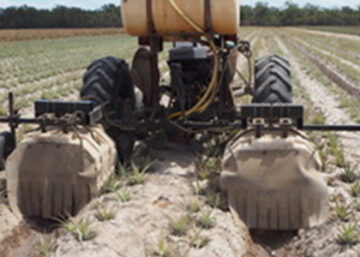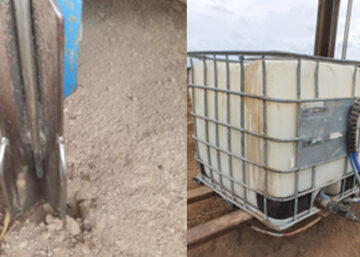Research topic 3: Pre- and post-plant nutrition management
Trial number SA03SEQ-02
The Australian pineapple industry has been growing the Smooth Cayenne variety for over one hundred years. It has been the traditional variety for processing and the fresh market. In the 1980s a hybrid variety known as 73-50 was introduced from Hawaii. In the last twenty years it has become the predominant fresh market variety due to its superior sweetness, acidity levels and aromatic flavour.
When comparing farming practices to Smooth Cayenne, the 73-50 requires greater agronomic attention and often higher inputs. Fertiliser and pesticide inputs are much higher to accommodate the substantially weaker root system and smaller crop canopy. Fruit size is typically smaller than Smooth Cayenne and the ability to generate a ratoon crop is limited with many growers opting for a plant crop only with no ratoon. The market is demanding continuity of supply all year round, narrower supply specifications and pressure to supply fruit at cheap prices. These targets are placing extra strains on growers and are amplified especially during adverse weather conditions such as drought, flood and extremes of cold and hot climatic temperatures experienced over the last five years.
This demonstration trial evaluated post-induction fertiliser programs in 73-50 to support flower and fruit development and potential improvements in yield during a plant crop cycle.
OBJECTIVE
Develop a post-induction nutrition program to:
- Identify any positive or negative changes in growth and yield in the plant crop cycle.
- Identify any financial gains or losses that result from additional fertiliser applications after flower initiation.



